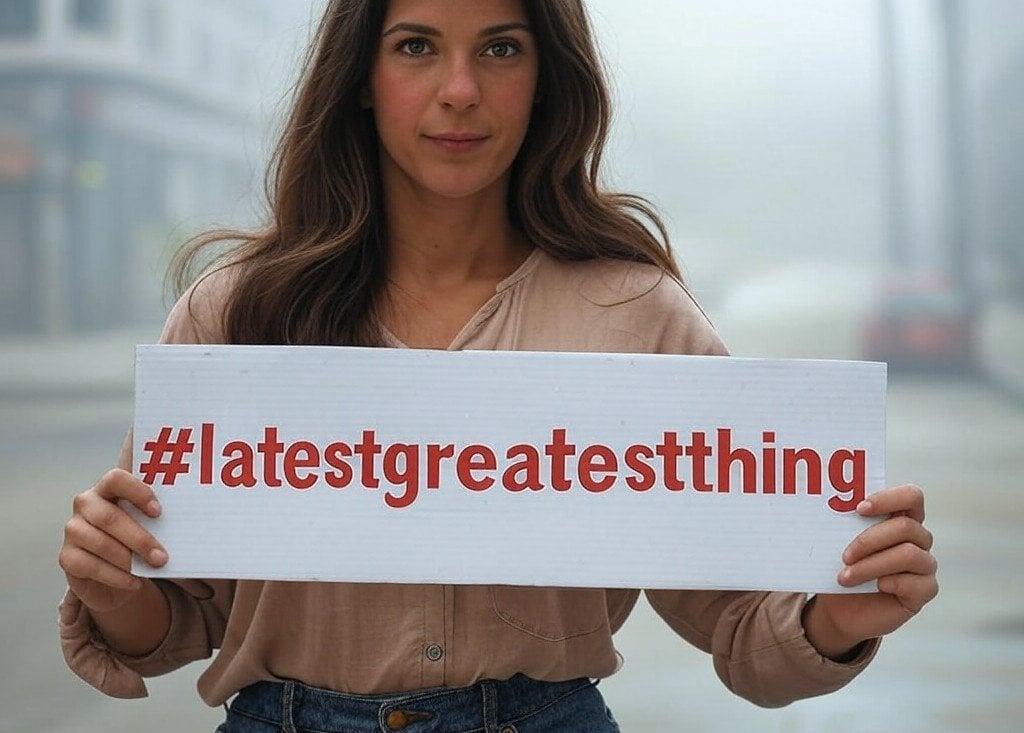Beyond the Hashtag

Beyond the Hashtag
In an era where social consciousness is increasingly visible on social media, many clients struggle with the distinction between genuine advocacy and performative allyship. As coaches, we have a unique opportunity to help clients examine their motivations and transform surface-level support into meaningful action.
Performative allyship often manifests as public declarations of support without corresponding private actions. It's the social media post without the sustained effort, the trendy hashtag without the deep understanding, the right terminology without the genuine commitment to change. While not necessarily malicious, it can actually harm the very causes it claims to support by creating an illusion of progress without substantial change.
Genuine advocacy, by contrast, operates on a deeper level. It's characterized by consistent action, especially when no one is watching. It's the willingness to be uncomfortable, to make real sacrifices, and to commit long-term to causes even when they're no longer trending. True advocates focus on impact rather than recognition and prioritize supporting affected communities rather than centering themselves in others' struggles.
As coaches, we can help clients recognize patterns that indicate performative behavior:
- They only engage with social causes when they're trending or socially beneficial
- Their support is primarily through social media posts or public declarations
- They become defensive rather than receptive when receiving feedback about blind spots
- Their involvement drops significantly when real effort or sacrifice is required
- They're more focused on using the right terminology than understanding underlying issues
- They tend to center their own feelings and experiences in discussions about others' struggles
The transition from performative allyship to genuine advocacy requires deep self-reflection and honest examination of motivations.
Here are key coaching strategies to facilitate this journey:
Explore Core Motivations
Help clients examine their true motivations for engaging in advocacy work. Ask questions like:
- "What draws you to this particular cause?"
- "How would you continue supporting this cause if no one ever knew about your involvement?"
- "What personal growth might be required of you to be a more effective advocate?"
Develop Action-Oriented Plans
Guide clients in creating concrete action plans that go beyond social media engagement:
- Identify specific, measurable ways they can support their chosen causes
- Help them research organizations doing ground-level work
- Create accountability structures for sustained involvement
Build Authentic Understanding
Encourage clients to deepen their knowledge and understanding:
- Support them in seeking out diverse perspectives and voices
- Help them identify and address their own biases and blind spots
- Guide them in developing genuine empathy rather than sympathy
Foster Humble Learning
Help clients develop a learning mindset:
- Normalize making mistakes and learning from them
- Encourage openness to feedback and criticism
- Practice responding to challenges without defensiveness
Practical Tools for Coaches
The Impact Assessment
Have clients evaluate their advocacy efforts by asking:
- "What tangible impact have my actions had?"
- "Who has directly benefited from my involvement?"
- "What resources (time, money, skills) am I actually contributing?"
The Consistency Check
Guide clients in examining the alignment between their public statements and private actions:
- "What percentage of my advocacy work is visible versus invisible?"
- "How do my private conversations align with my public positions?"
- "What actions am I taking when no one is watching?"
The Sacrifice Scale
Help clients assess their commitment level:
- "What have I given up to support this cause?"
- "What would I be willing to sacrifice?"
- "How do I respond when advocacy becomes inconvenient?"
As coaches, our role isn't to shame clients for performative behavior but to guide them toward more meaningful engagement. The goal is to help them align their actions with their stated values and develop a sustainable approach to advocacy that creates real impact.
Remember that this transition is a journey, not a destination. Encourage clients to start where they are and gradually build their capacity for meaningful advocacy. Help them understand that genuine advocacy isn't about perfection; it's about commitment, growth, and sustained action in service of positive change.
The most powerful advocacy often happens in quiet moments, away from the social media spotlight. By helping clients shift their focus from appearance to impact, we can contribute to creating genuine, lasting social change, one coaching conversation at a time.